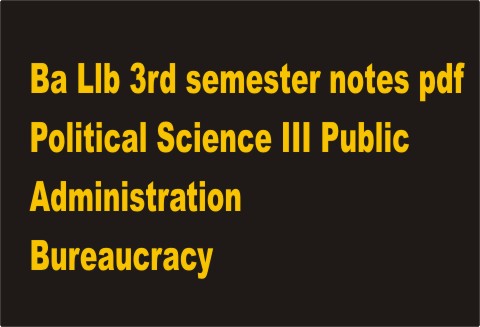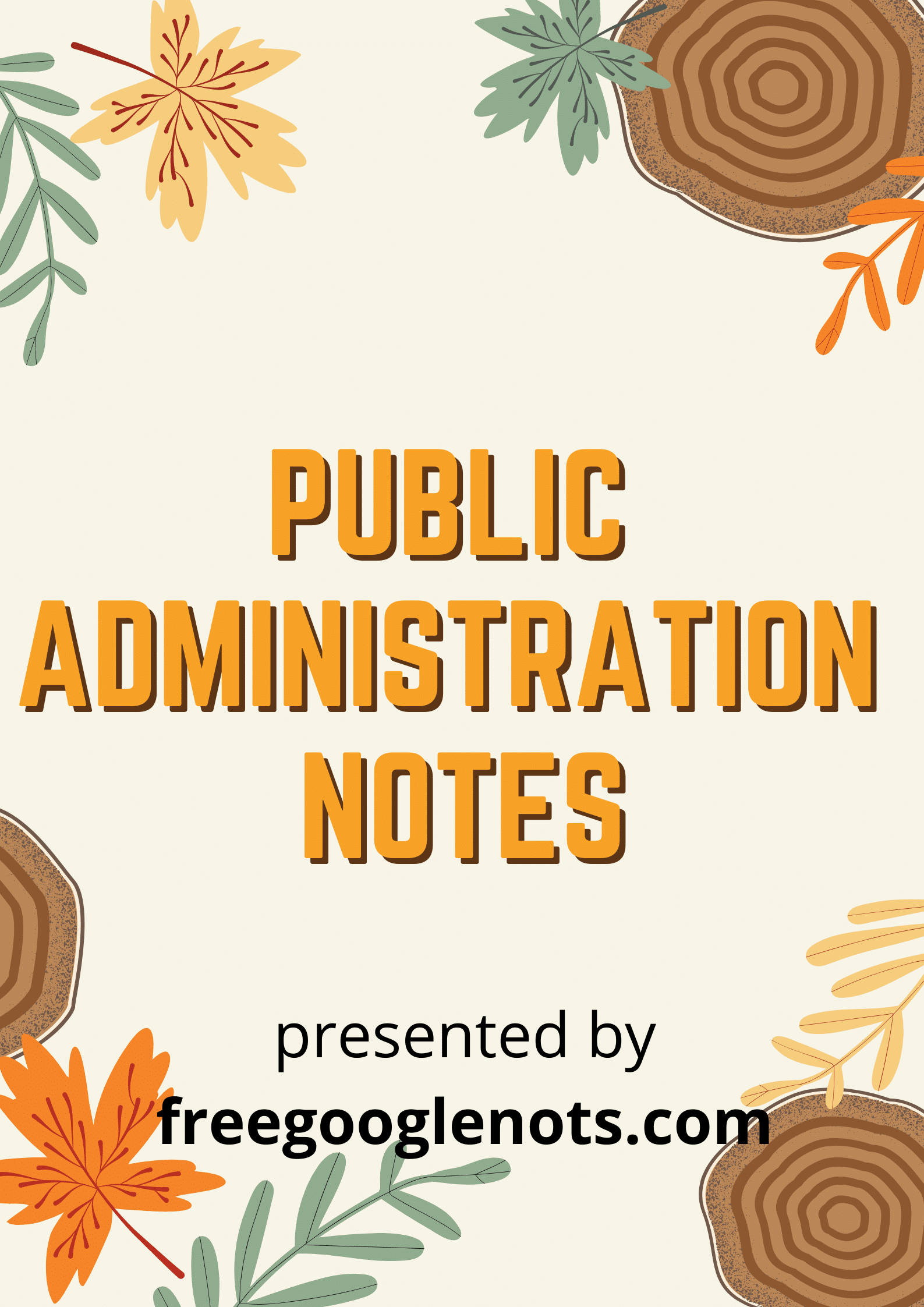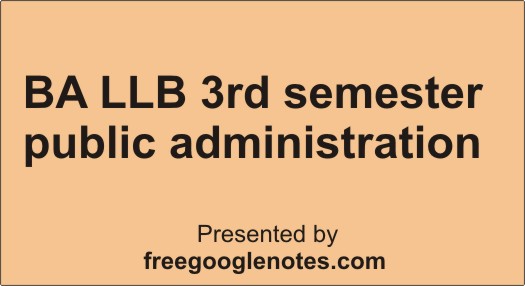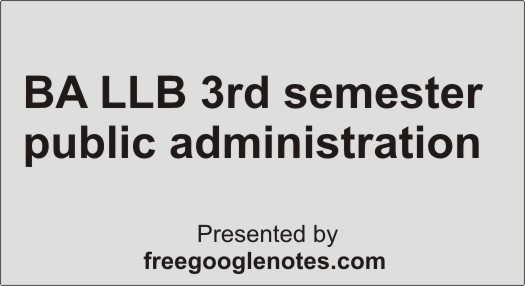BA LLB notes on 2nd semester economics problems
What role does State play in an economy? Examine the changing role of the State in India in the post-1991 reform scenario.
In any economic system, the state plays three important roles :
(a) as a producer of goods and services;
(b) as a regulator of the system;
(c) as a supplier of ‘public goods’ or ‘social goods’ such as education and health. In the new scenario, its functions will have to be redefined as times change. The role of the state as a regulator of the system, laying down the rules of the economy, whether it is in the financial sector or public utilities, will become increasingly important.
How the State Intervenes
There are several ways in which the state can intervene in a mixed economy. Three of the most comprehensive ways in which the government control works in the Indian economy are as follows:
(1) Fiscal Policy: Our economy is federal in structure. This means that the authority of the state is exercised through the union government as well as the various state governments in accordance with the distribution of powers between them as determined by the Constitution. Taxation is an integral part of fiscal policy. The main purpose of taxation in a developing economy is not only to reduce inequalities of income or to change the priorities of the private producers by making some lines of production more or less attractive than others. The main purpose of taxation in a developing economy is the mobilization of resources for the investment that is needed for development. The whole range of direct and indirect taxes, if well-coordinated, can be a very powerful instrument in the hands of the state for this purpose.
(2) Monetary Policy: The state controls to a great extent the amount and direction of loans given (or credit created) by monetary institutions by adopting an appropriate monetary policy. Such monetary control is a major instrument of state intervention in the economy.
All monetary controls in the Indian economy rest with the Reserve Bank of India (RBI). As the Central bank of the country, the RBI is at the head of the banking system. it guides and controls the commercial banks as the custodian of the state’s monetary policy. It also adds to or reduces the currency supply in the hands of the public, again acting as the agent of the government through devices like borrowing from the public. The RBI uses various devices to control the creation of credit by the banking system. These devices mainly consist of controlling the number of cash deposits in banks held by the public or regulating the rate of interest that banks can charge on loans.
(3) Physical Controls in Production and Distribution: The state also tries to control the Indian economy through physical intervention at least in the two spheres of production and distribution.
The first area of government action in the field of production was that of industrial licensing. This was first done through the Parliament’s Industrial Policy Resolution of 1948 and the Industries Development and Regulation Act (IDRA) which came into operation in 1951. But, more recently, there have been some changes for the betterment of the industrial Sector under the liberalization of the Indian economy.
The second area of government’s physical control of the economy has been that of food procurement, food price control, and rationing-all as part of a large public distribution system for the entire country.
Changes in Recent Times
Since mid-1991, the government has introduced new policies aimed at bringing about a qualitative change in the economy by effecting structural adjustments and, thus, stabilizing the economy. In a nutshell, the trend of the reforms is seen in the following features.
(i) A market-oriented economy is emerging with an increase in competition as a result of doing away with regulations, controls, and governmental restrictions that had checked the growth of the private sector in the past. Industries earlier reserved for the public sector have been opened to the private sector.
Liberalization of the economy has largely relieved imports and exports from government-imposed restrictions. Reduction in custom duty rates and encouragement to foreign investment in various areas have placed the Indian economy in line with those of other countries.
(ii) State intervention has been restricted by an attempt to reduce the number of industries reserved for the public sector and disinvestment of a share of the PSU capital. The role of the state has also been curtailed by lifting the government restrictions that had checked the activities of the private sector. However, the state will increase its contribution in areas where private sector participation is not preferable and will play an increasingly important role as a regulator of the economy.
(iii) While planning has not been discarded, it has become more indicative than before. Setting directions for the economy rather than rigid targets forms the basic role of planning now. State intervention is more market-oriented.
In the future, making the markets perform efficiently and according to rules will be a major task. The state’s role as a supplier of ‘public goods’ or ‘social goods’ will also increase, as the provision of the basic requirements of life will be a major responsibility of the state.







